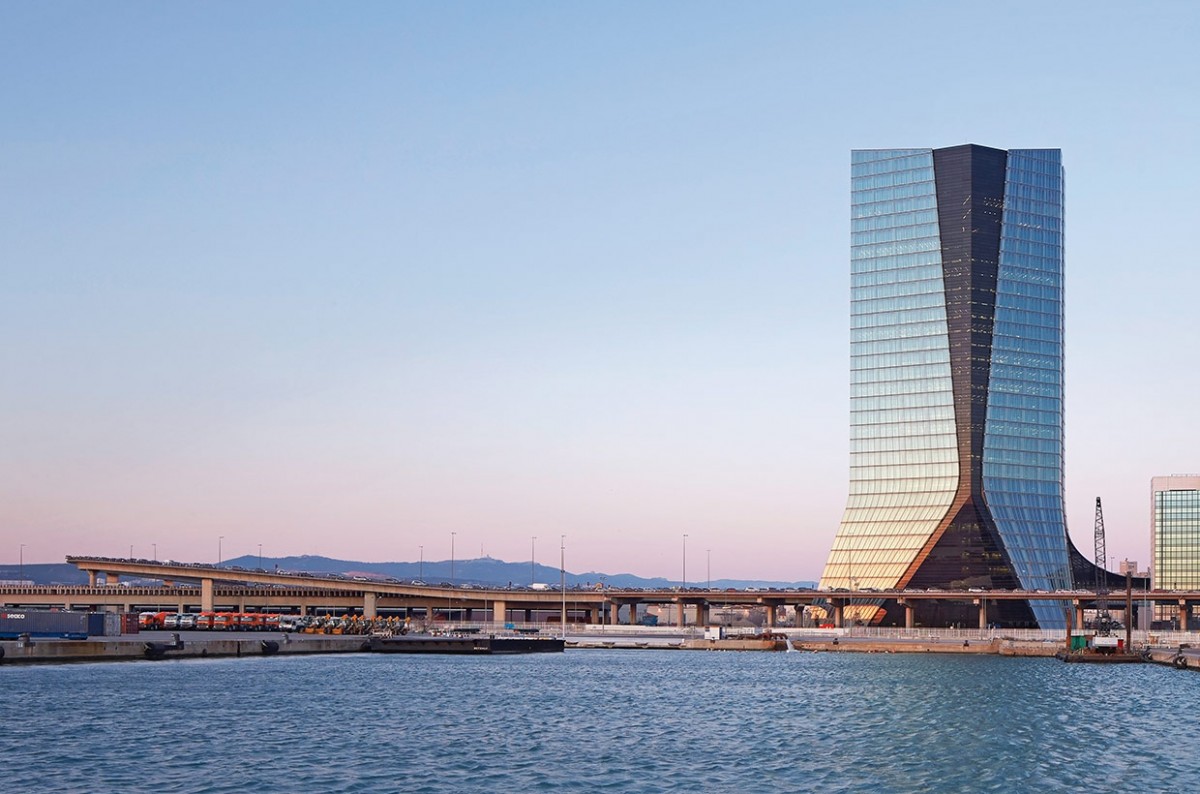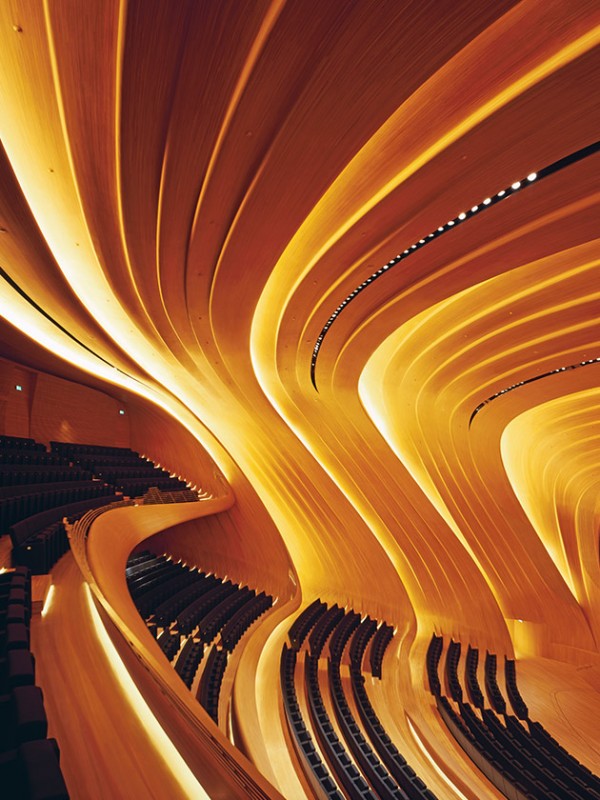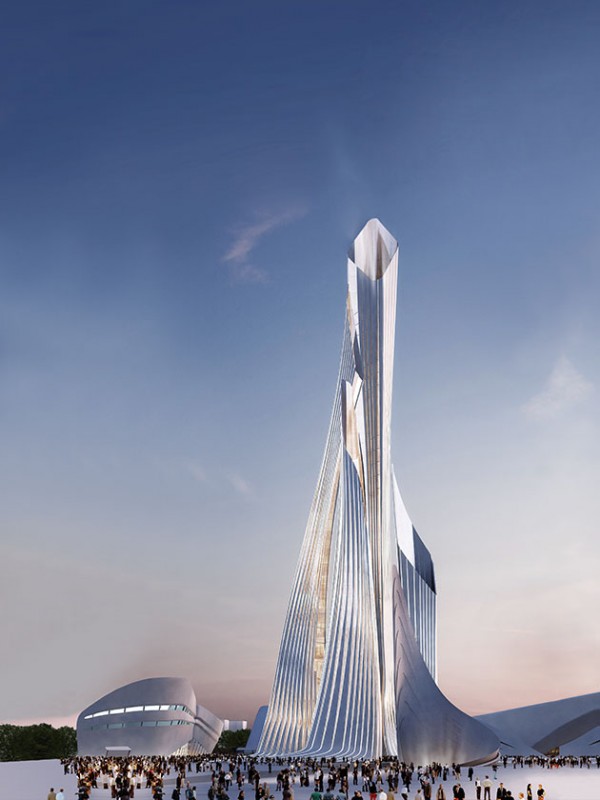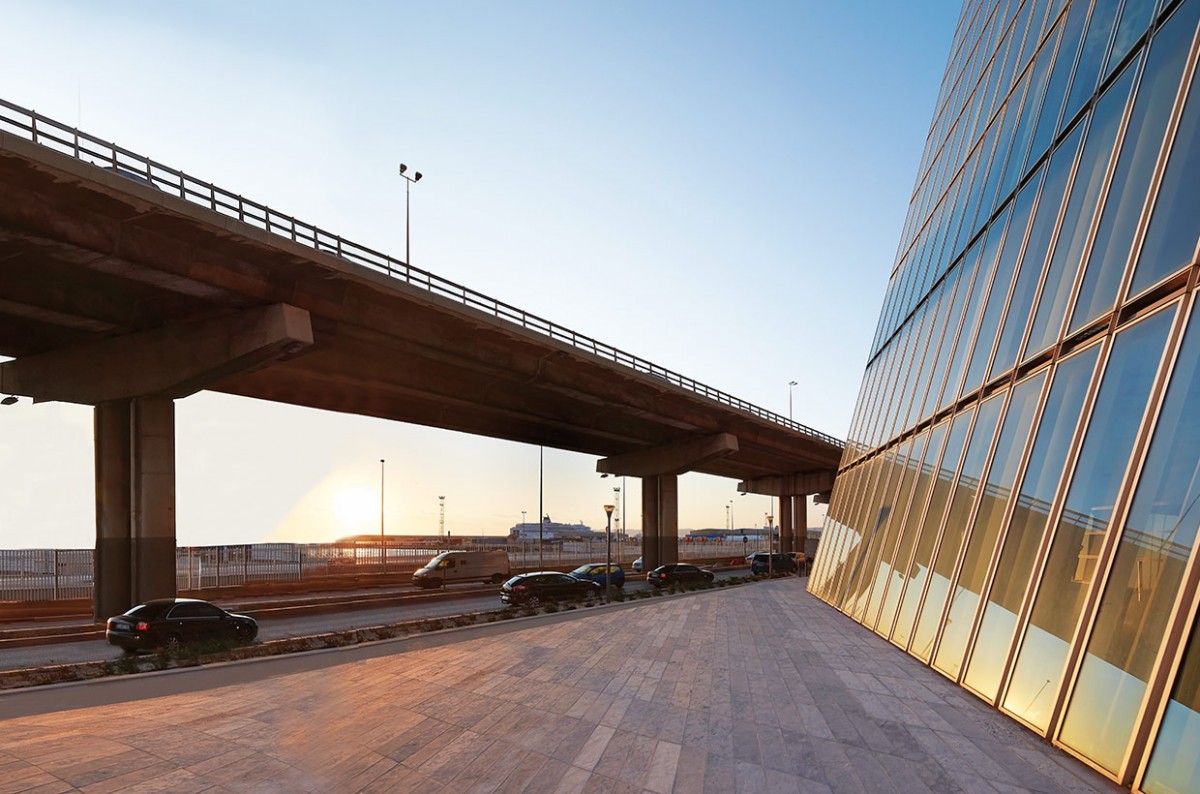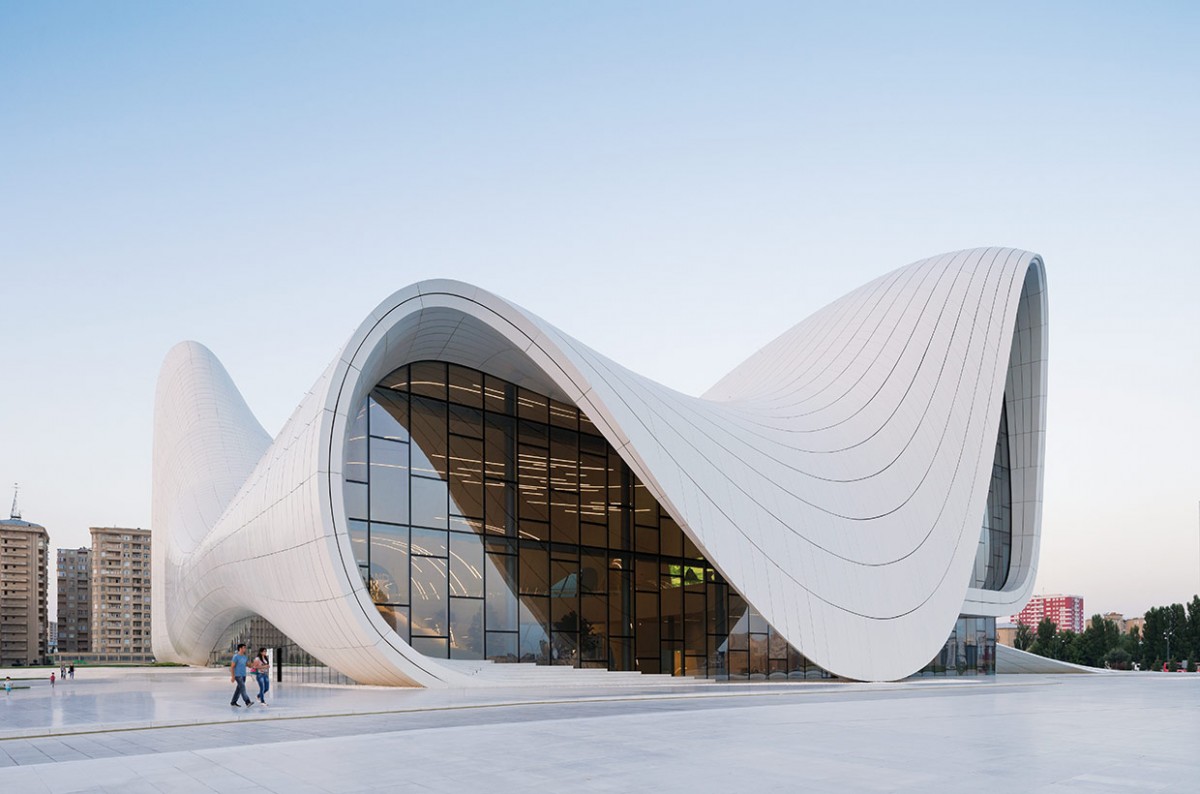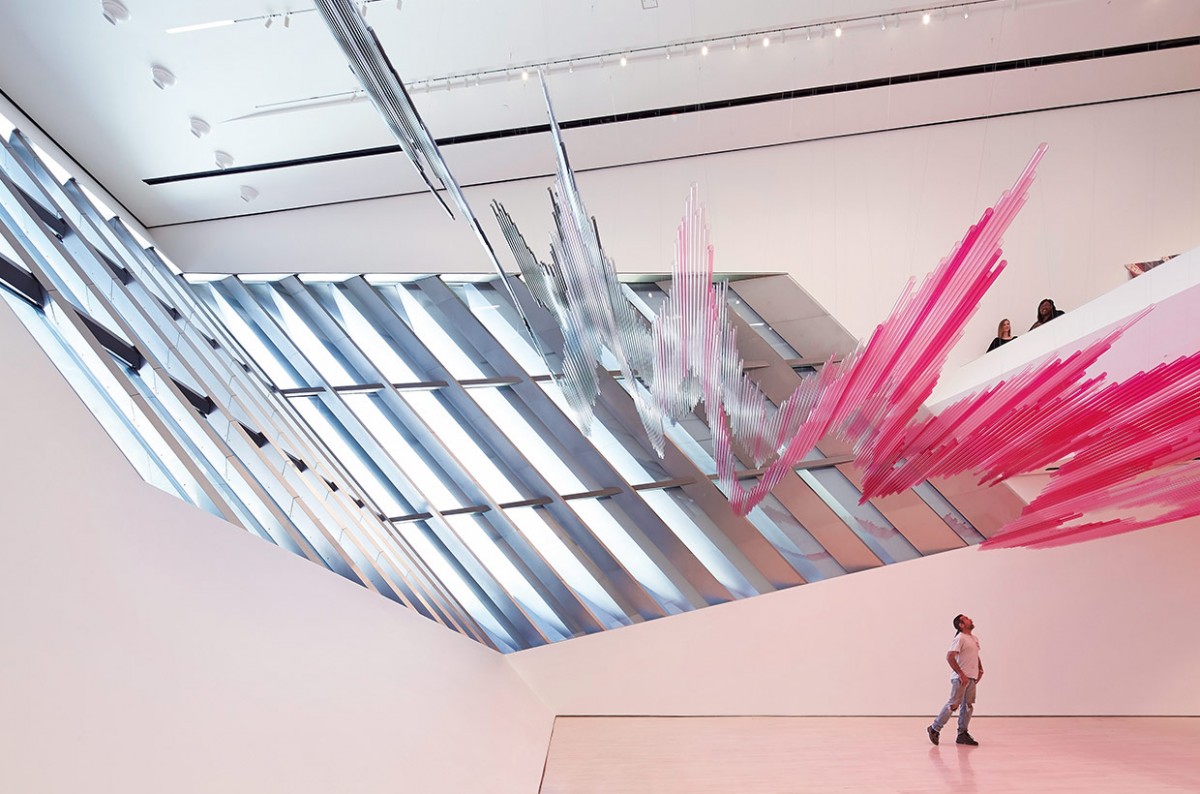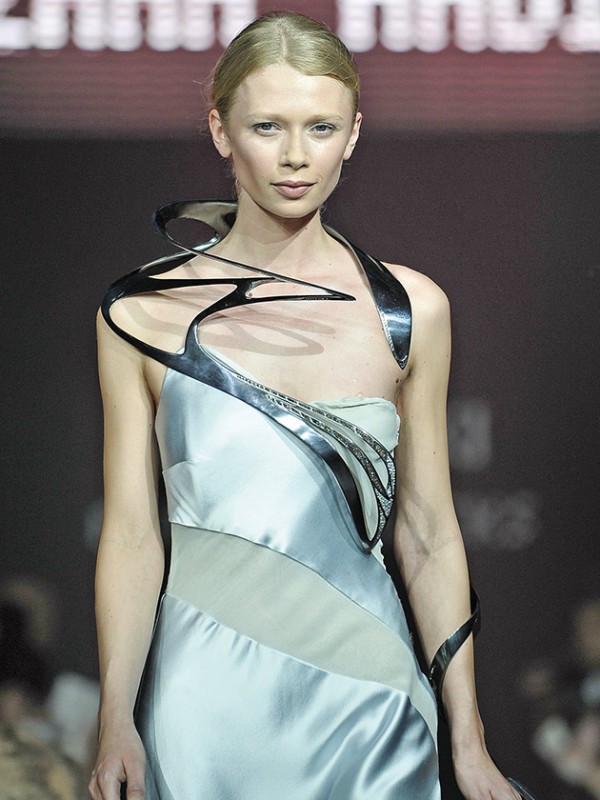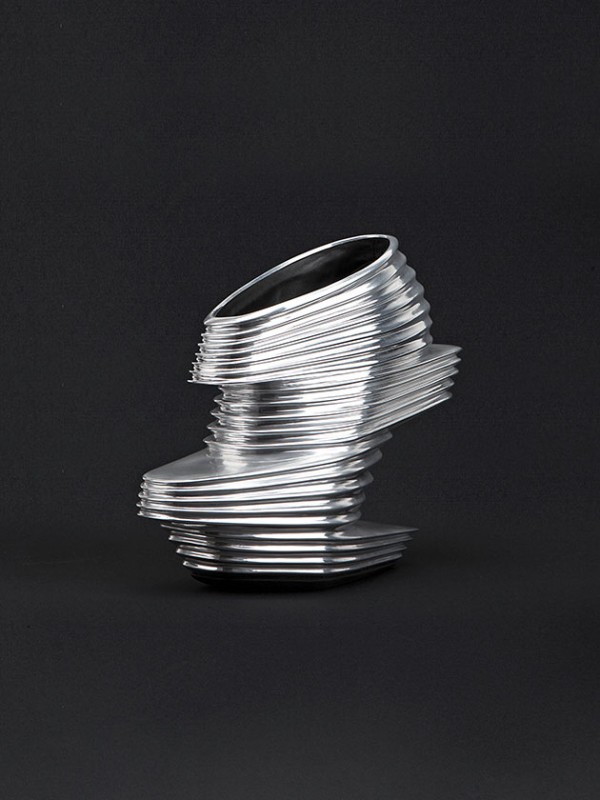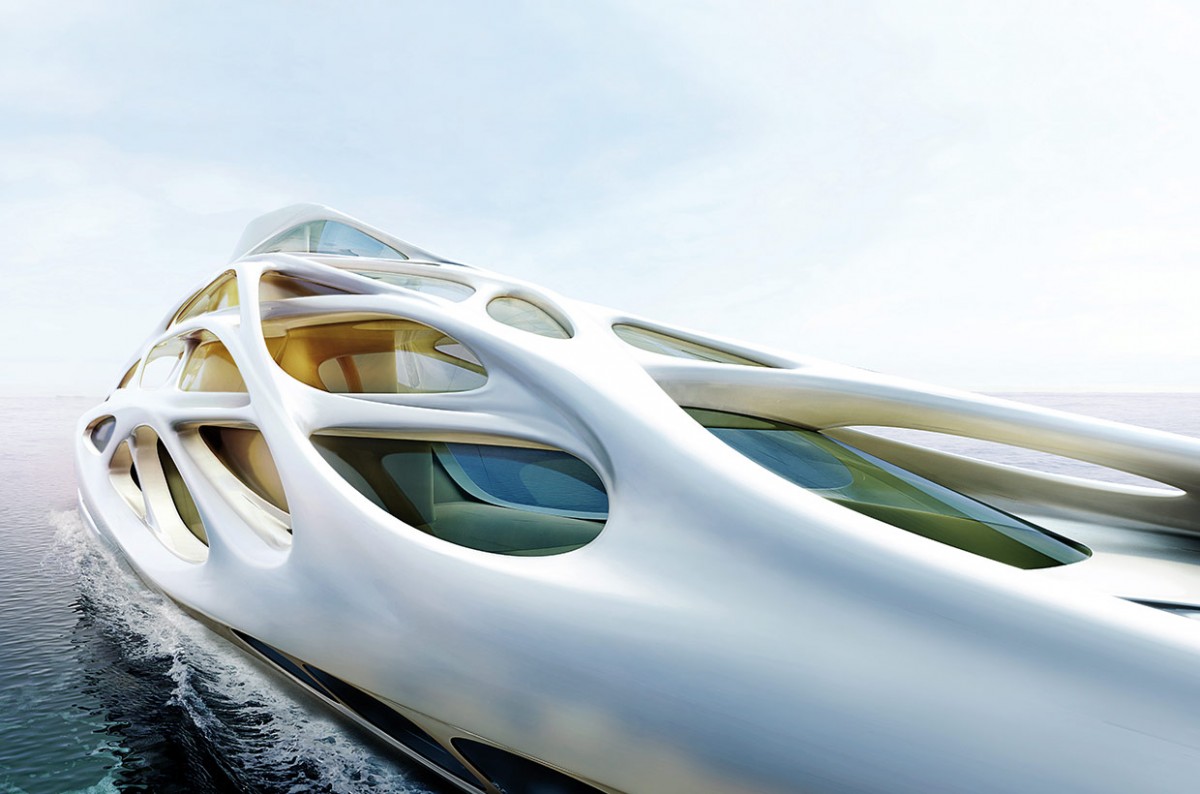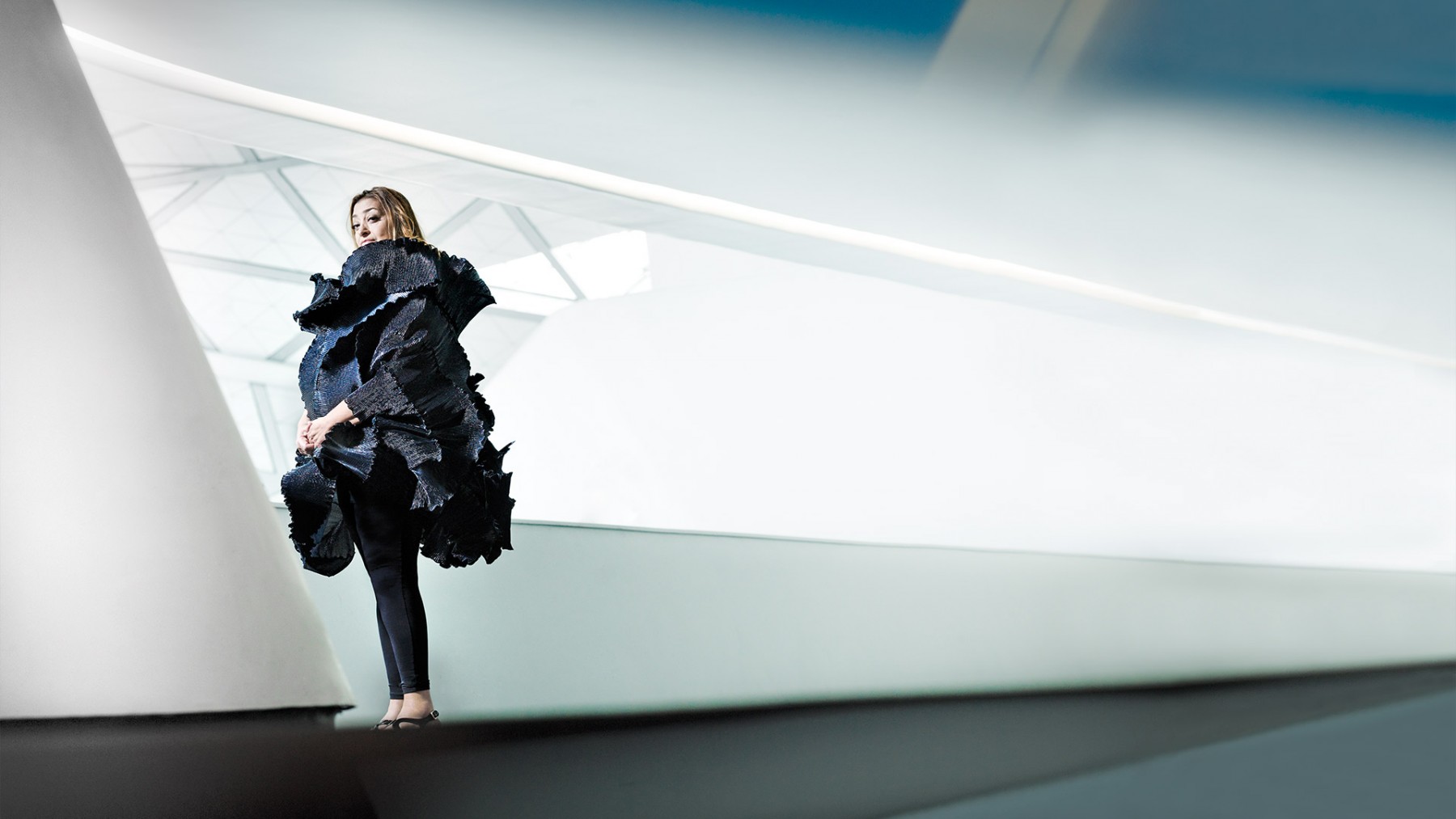Zaha Hadid by Andreas Tölke | 5th July, 2014 | Personalities
She is the only female who ever made it into the all-male pantheon of world-famous architects. Zaha Hadid, highly admired for being the most audacious of her peers, has left her mark on cities from Europe to the United Arab Emirates with her extravagant designs. Andreas Tölke met up with a very strong woman in a world filled with testosterone.
She can be a diva – and has every right to be. Zaha Hadid, the world’s most famous female architect, greets me by exclaiming “You again!” Not a great start. It has been eight years since our first encounter, and despite numerous meetings since then, it is always like starting all over again. “I am not crazy about giving interviews,” says Hadid. She is not joking. The New York Times Magazine listed her as one of the world’s 100 most important people in 2010. Hadid, nevertheless, declined the magazine’s interview requests….
We meet in Baku, in November 2013, at the opening of the Heydar Aliyev Center, one of the masterpieces created by Hadid’s studio. The topics of our conversation are influenced by one obvious aspect of the event: Zaha Hadid is, once again, the only woman among a group of men. Architecture is a male-dominated discipline, from the developers to the head craftsman. “I always had to be better at my job than my competitors,” she says. “But I never considered myself tough. Particular would be the right term.” She goes on to explain: “Board members in the cultural field do not care about my gender, but that was different a few decades ago.”
“Everything arises from its context. It does not necessarily have to relate to it, but is a product of its immediate situation.” Zaha Hadid on the Heydar Aliyev Center in Baku
Twenty years ago, Zaha Hadid had a reputation for creating “impossible to build” designs. Many companies did not understand her visionary ideas: organic forms and poetic architecture beyond the blocks and cubes being built at the time. She was reputedly too “audacious.” But 1993 saw her breakthrough when she designed the fire station for high-end interior design company Vitra in Weil am Rhein in southern Germany. “I owe much to the Germans,” says the architect, who is passionate about her field, and who at the age of 12 designed the furniture for her bedroom, back in Baghdad. Having been educated by catholic nuns, and at a Swiss and a British boarding school, she studied mathematics in Beirut, but transferred to the renowned Architectural Association School in London after two semesters, in 1972. There, Rem Koolhaas, an architectural high-flyer, was one of her lecturers. After her graduation, Koolhaas hired her for his London office. “I worked with him for three years, and was very impressed,” Zaha Hadid says matter-of-factly. In 1980, Hadid opened her own firm, which produced numerous designs that were never built – until the German clients came along. The building in Weil am Rhein was followed by the BMW plant in Leipzig (2004) and the science museum Phaeno in Wolfsburg (2005). “I have completed over 950 projects in 44 countries to date,” she says.
After more than 30 years, are there still any design visions she has not completed? “I would like to construct a skyscraper,” says the architect. So does she consider the roughly 150-meter tower in Marseille, which was completed in 2010, simply an amuse-bouche? She laughs. “I have created designs for taller buildings, and have won prizes and competitions with these, but too few of them have actually been built.”
“Future Energy, created for the EXPO in Kazakhstan, is a paradigm of sustainable architecture.” Zaha Hadid
At this stage, her affable colleague Patrik Schumacher joins the conversation. The Swabia-native has been working in Hadid’s company since 1988, and in his role as senior designer has been her right-hand man ever since. He describes what drives Hadid and her co-workers: “Our primary concern is design.” Hadid will not be constrained by genres or borders: she has designed a range of items from the “Z-boat” motorboat to the “Liquid Glacial” dining table. The London-based Iraqi has also created five pieces of jewelry for Swarovski. The jewelry has sold out, while the boat and the table are on the market as unique pieces. Her items of furniture, which are available from Established & Sons as limited editions, start from around 10,000 euros. Moreover, German shipbuilder Blohm + Voss recently introduced the new superyacht “Unique Circle” she designed. All the creative output of Hadid’s company has one thing in common: it is regularly showered with awards. Twelve well-known institutions honored her firm in the last year alone: from the BBC to Veuve Clicquot.
But which award surprised her? “The Pritzker Prize in 2004 was the ultimate accolade. I was the first woman to receive it. The crucial thing is that it was my work that was acknowledged.” A further highlight: “I was made a Dame by the Queen. To me, that is more than just receiving a title. It is a sign that both cultures, western and Arabic, can work well together,” she says. Zaha Hadid has never forgotten her roots: “My origins are Arabic. My father was an extremely successful businessman, who nevertheless championed social-democratic ideas. He was a founding member of the Iraq Democratic Party in 1946 and, until 1960, served several terms as finance minister.” This leads to the question of her stance on the Middle East. “The Arab world is experiencing a renaissance. A sense of identity is being created, and a change in the hierarchies is more than necessary,” she concludes. This invites the question whether Zaha Hadid is not afraid that her work will be misused for propaganda purposes, particularly since she has designed the soccer World Cup stadium in Qatar. “Of course, architecture can be misused to create a country’s image. That has been happening since the Ancient Greeks, since the Roman Empire. Architecture is a political issue. But the inference that architects are therefore politicians is false. You have to develop a sensibility to decide which projects to take on and in what context,” she explains.
Zaha Hadid enjoys luxury and lifestyle items. She loves the creations of German designer Elke Walter: “Partly because her designs can be seen in architectural terms,” says Hadid who recently started exhibiting her insider fashion tip in the company’s own gallery, which has just been added. Eye-catching fashion is joined by matching footwear: She loves Manolo Blahnik. But after several bouts of surgery to her ankle, she had to swear off high heels for many years. That is all the private information she is willing to divulge. “I am not a fan of telling the whole world about my life,” she says sternly.
In Baku, Zaha Hadid is in high spirits. Behind the public persona of the queen of architecture, there is a fun-loving woman. It is a side that Zaha Hadid rarely shows. She quickly goes back into professional mode. “Ok, that’s enough for today.” And with that the conversation is over. In the evening, spotting me while having dinner with the city’s dignitaries, she exclaims “You again!” and laughs. AT
